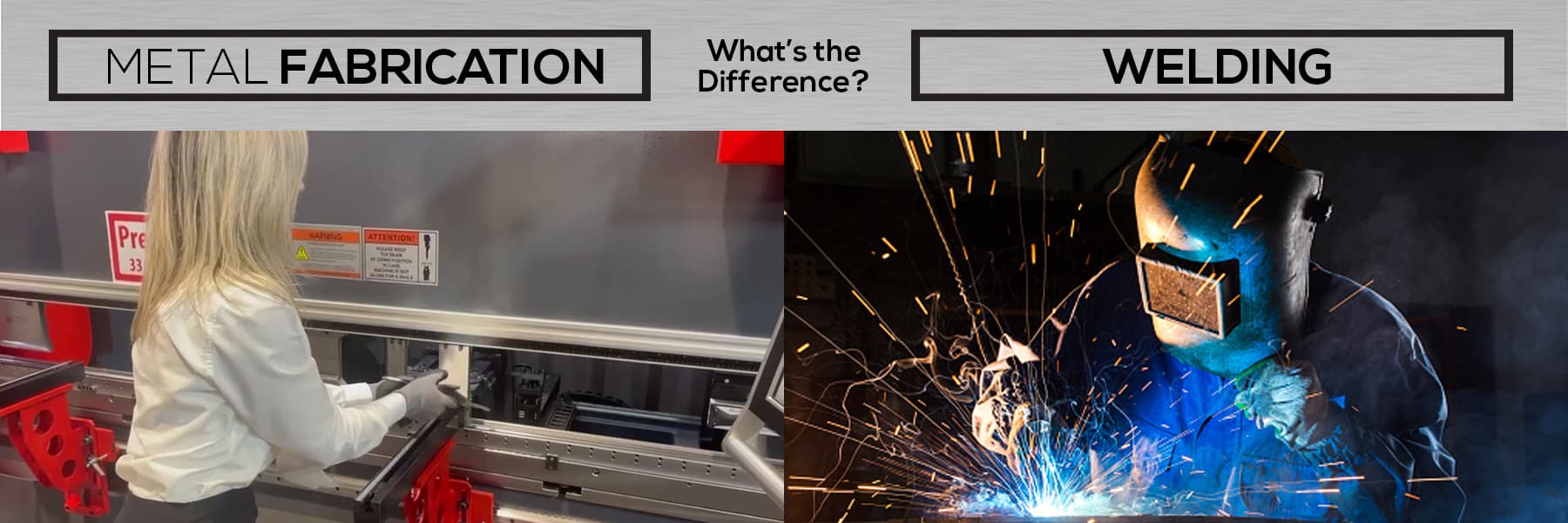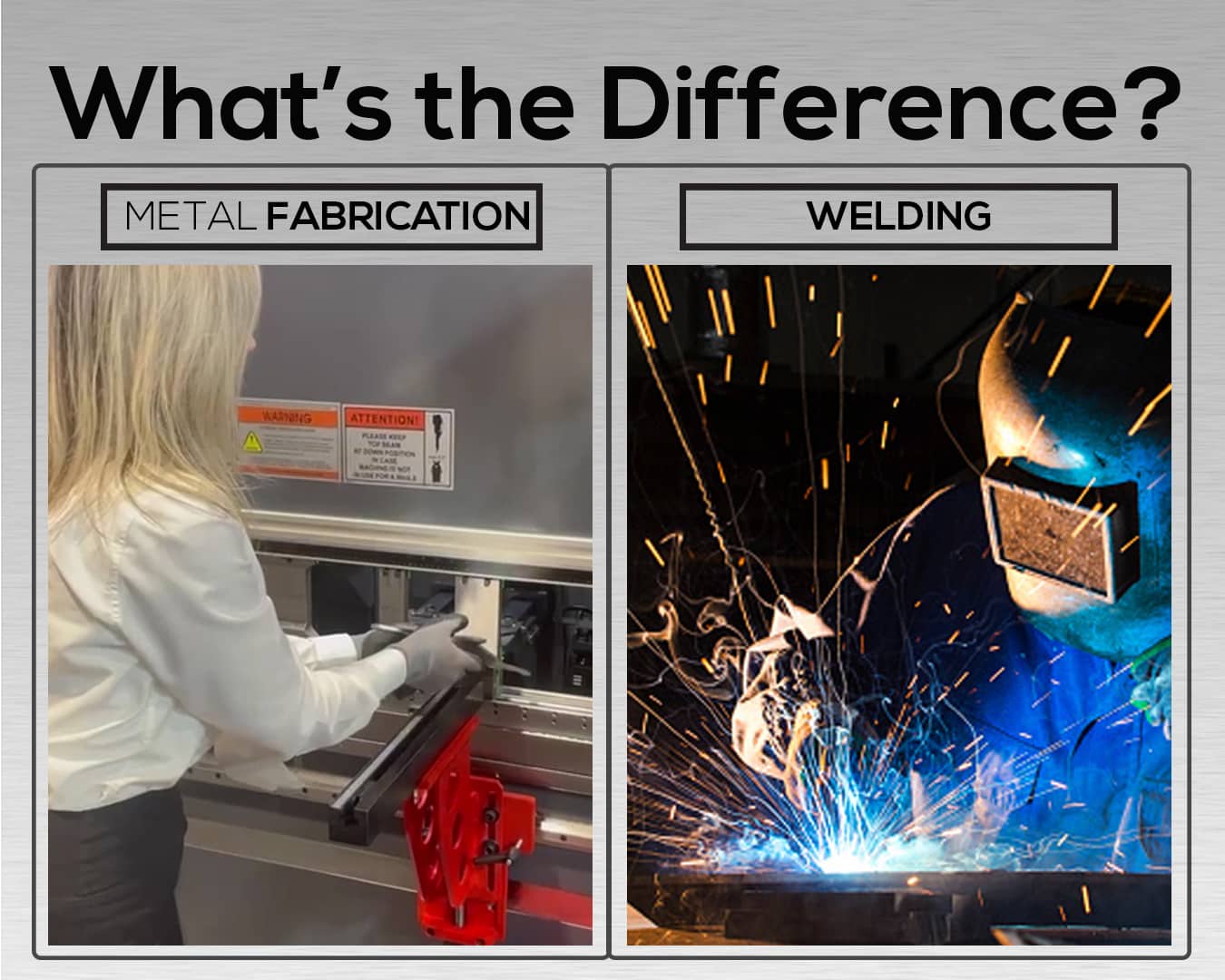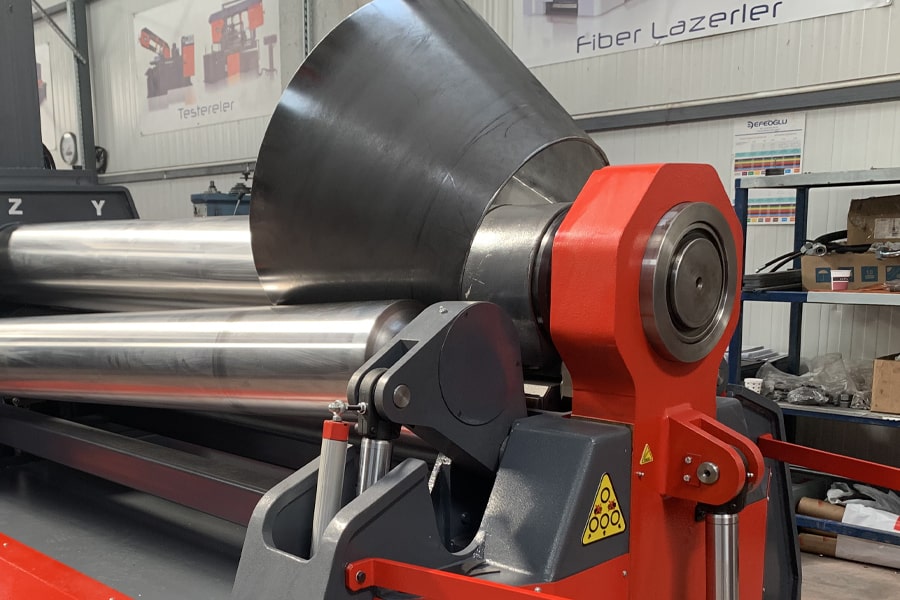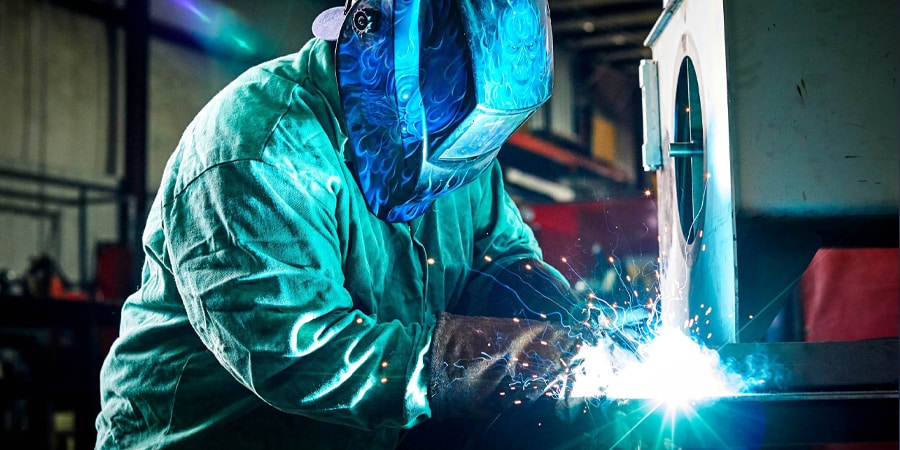Apples and Oranges
John is shopping for a metal planter box with exact specifications. Not being able to find one that matches what he wants, he’s advised by a friend to have someone fabricate and weld a custom box for him. Looking up fabricators online, he finds a variety of shops in his area: Bob’s Welding and Fab, Jim’s Welding and Fabrication, and so on. Selecting a metal fabrication business close to him, he drives there and talks to the shop foreman. “Sure, we can cut and bend the metal for you, but we don’t do welding in-house. We can recommend some good welders though.”
John thanks him, telling him he’ll let him know, and leaves. His plan was to just get the whole project completed under one roof. He remembers seeing a sign for a welding shop near his local grocery store and drives there. “You get it fabricated, and we can weld it for you in no time,” the owner tells him, adding, “We really don’t do fabrication work here.”
Frustrated, John goes back to his car and looks up the phone number for one of the welding and fabrication shops that he saw earlier. He calls them first to confirm that they offer both services before driving to them to get a bid. He realizes that he shouldn’t have assumed that welding and fabrication were basically identical—two sides to the same coin. “That’s why some shops list both,” he says to himself. “They are two different services that can go together. I should have realized that before I wasted an hour this morning.”
What Is Metal Fabrication?
Metal fabrication is the process of shaping metal to create structures, like machines. Metal fabrication involves operations such as bending, rolling, and cutting metal, and utilizes machines like press brakes, plate rolls, angle rolls, punches, ironworkers, shears, and bandsaws. Metal fabrication is usually distinguished from machining as a separate set of operations, both being subsets of the overall field of metalworking. Machining is a subtractive manufacturing process that uses machine tools to chip pieces of metal away from a workpiece to create a part in the desired shape, while fabrication forms metal into the shape of the finished part. Both processes make use of cutting—a bandsaw can be considered both a fabrication machine and a machine tool—as well as finishing operations to remove burrs or polish a workpiece.
What Is Welding?
Welding is a process within the field of metal fabrication that firmly joins two or more parts together using heat. Unlike brazing and soldering, where metal pieces are joined by a melted binding material, welding melts the base metals to fuse them together. A filler material is usually melted into the joints for added stability.
Different procedures for welding include:
- Arc Welding. Using electricity to weld, arc welding involves attaching a grounding wire to the workpiece and then touching an electrode to the part at the position to be welded, completing an electrical circuit. The electrode is removed a short distance from the part to generate an electric arc between the electrode and the workpiece, which produces a very hot plasma discharge to melt the metal and filler material at a very narrow welding point. Common types of arc welding are stick welding, MIG welding, and TIG welding.
- Gas Welding. Using a flame to weld, gas welding involves moving a lit oxyacetylene or other oxygen-based fuel torch into position to melt the workpieces and a welding rod. Also known as torch welding and oxy-fuel welding, this traditional type of welding burns hotter than arc welding and is particularly suited for work with high-alloy steels.
- Laser Welding. Using concentrated light to weld, laser welding involves focusing a laser beam on the area to be welded, fusing the metal together through the intensity of the beam. This high-tech method is suited for industrial production on a large scale but is rapidly becoming more available to smaller fabricators for their applications.
Advantages of a One-Stop Shop
While welding will always be a key component of fabrication, and while there will always be a demand for welders, quite a few welding shop owners concluded that if they incorporated other metal fabrication processes into their operation, they could greatly increase their customer base. The addition of a press brake, a few metal cutting machines, and maybe an ironworker was enough to enable many welders to also advertise themselves as fabricators and have other avenues for income, as well as appealing to those who are looking for a one-stop metal fabrication shop.
Likewise, fabrication businesses who take the effort to hire skilled metal smiths like welders, boilermakers, or blacksmiths to supplement their machine operators give themselves a competitive edge to solicit contractors and other clientele who don’t want to farm out complicated projects to multiple vendors.
Turning metal into products is the goal of metal fabrication, and welding is an important part of many fabrication processes taken to reach that outcome. If a finished part contains more than one piece of metal, then those pieces are connected in some way, whether with rivets, screws, or a weld. The fabrication facility that can take a metal project and move it from blueprint to finished product without ever leaving the facility will find that they are able to outbid their competition and likely stay in business longer than more specialized shops.









